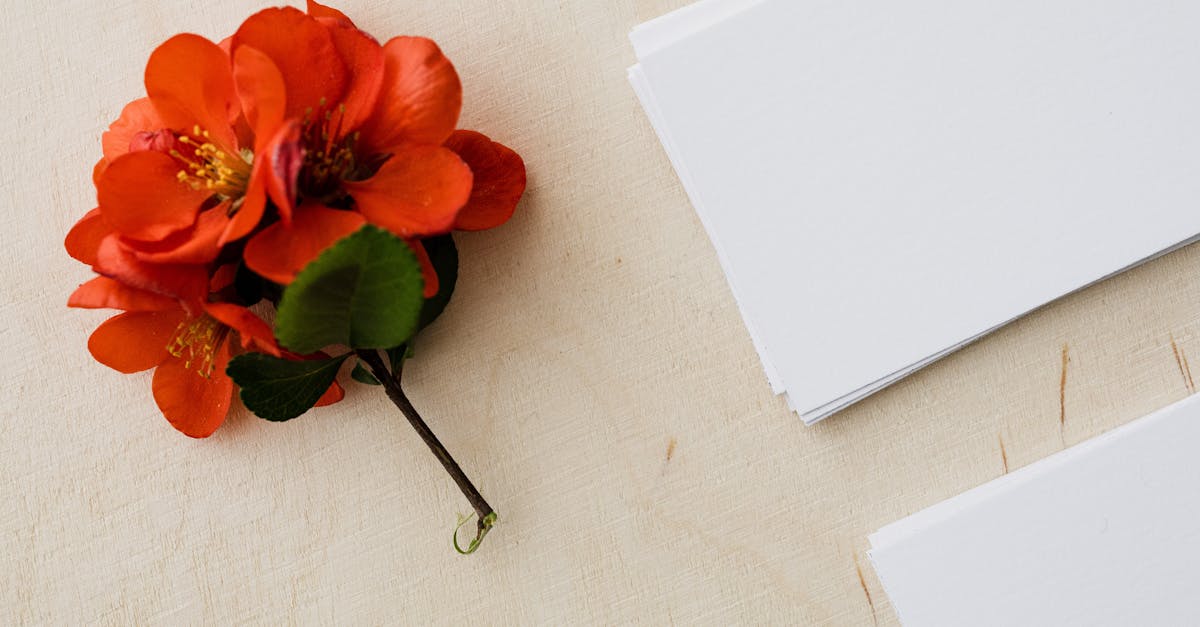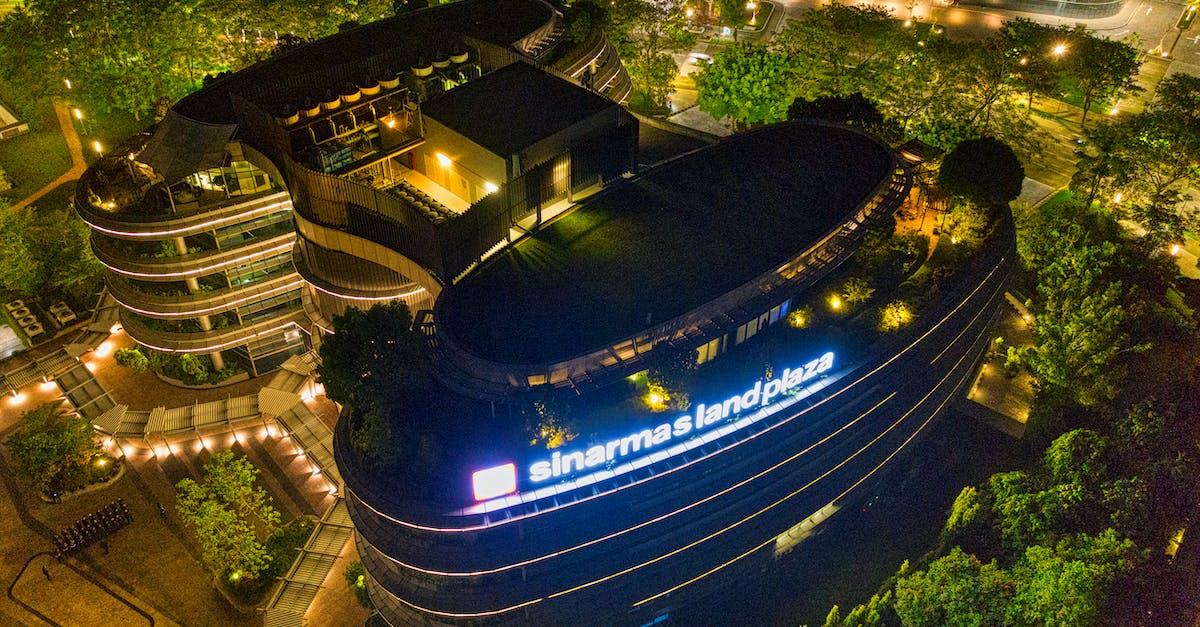As urban landscapes evolve, so do our approaches to sustainability.
Green roofs have emerged as a transformative solution in urban business districts, blending nature seamlessly with modern architecture.
In our post, we investigate into the rising trend of green roofs and their impact on urban environments.
From enhancing energy efficiency to promoting biodiversity, these eco-friendly rooftops are reshaping the skyline and our ecological footprint.
Join us as we explore the growing popularity of green roofs in urban business districts and uncover the benefits they bring to both businesses and the environment.
Key Takeaways
- Green roofs are gaining popularity in urban business districts for their energy efficiency, air quality improvement, noise reduction, biodiversity promotion, and enhanced aesthetics.
- Historical roots of green roofs date back to ancient civilizations like Babylonians and Romans, with a modern revival in the 20th century driven by environmental awareness.
- Designing and implementing green roofs require selecting the right vegetation, ensuring proper drainage, and implementing a layered system for optimal performance.
- Successful green roof projects like Chicago City Hall and California Academy of Sciences demonstrate the tangible benefits of green roofs in urban settings.
- Despite the promising future outlook for green roofs, sustainability challenges like maintenance costs and policy support need to be addressed through collaborative efforts between stakeholders.
- Advancements in green roof technology, such as improved vegetation selection and irrigation systems, will play a crucial role in enhancing the sustainability and ecological impact of green roofs in urban environments.

History of Green Roofs
Let’s jump into the past to understand how green roofs have evolved over time:
- Ancient Times: People in ancient civilizations like the Babylonians and Romans used greenery on rooftops for insulation and aesthetic purposes.
- Modern Revival: The concept gained momentum in the 20th century with cities like Stuttgart, Germany, implementing green roof technology.
- Environmental Awareness: Green roofs emerged as a response to urban environmental challenges, encouraging sustainable practices.
To learn more about the historical significance of green roofs, you can explore this link to a detailed timeline.
Benefits of Green Roofs in Urban Business Districts
Green roofs in urban business districts offer numerous advantages, making them a valuable investment for businesses and the environment. Here’s why green roofs are beneficial in urban settings:
- Energy Efficiency: Green roofs help regulate indoor temperatures, reducing the need for excessive heating and cooling, leading to cost savings on energy bills.
- Improved Air Quality: Plants on green roofs absorb pollutants and carbon dioxide, enhancing air quality in busy urban areas.
- Noise Reduction: Green roofs act as sound insulators, minimizing noise from outside, creating a more peaceful work environment.
- Biodiversity: They provide habitat for birds, insects, and other wildlife, promoting biodiversity in urban landscapes.
- Enhanced Aesthetics: Green roofs add a touch of nature to the concrete jungle, improving the overall look of the business district.
For more information on the environmental benefits of green roofs, visit Environmental Protection Agency.
Explore how green roofs can contribute to sustainability in urban settings at Green Roofs for Healthy Cities.

Design and Implementation Strategies
When it comes to designing and implementing green roofs in urban business districts, there are a few key strategies to keep in mind:
- Selecting the right vegetation: We need to choose plants that thrive in the local climate and require minimal maintenance.
- Proper drainage: Ensuring that the roof has adequate drainage systems in place to prevent water pooling and structural damage.
- Layering system: Implementing a layered system that includes waterproofing, drainage, root barriers, growing medium, and plants.
For more in-depth strategies on designing and implementing green roofs, check out this helpful guide from Green Roofs for Healthy Cities:
Case Studies of Successful Green Roof Projects
In urban business districts, green roofs have become increasingly popular for their environmental and economic benefits. Let’s take a look at a few successful projects that showcase the positive impact of green roofs:
- Chicago City Hall, Illinois: The green roof on Chicago City Hall has lowered energy costs and reduced stormwater runoff in the city.
- California Academy of Sciences, San Francisco: This building’s living roof features a diverse range of plants and serves as a habitat for local wildlife.
These projects highlight the viability and benefits of green roofs in urban settings. For more inspiring examples, check out the Green Roofs for Healthy Cities website.

Future Outlook and Sustainability Challenges
As we look ahead, the future of green roofs in urban business districts appears promising. Increasing awareness of environmental benefits is driving their popularity. But, we still face sustainability challenges. Factors like maintenance costs and lack of supportive policies in some areas can hinder widespread adoption. To overcome these hurdles, collaboration between business owners, local governments, and environmental organizations is crucial.
In the coming years, advancements in green roof technology will play a significant role in enhancing their sustainability. Innovations in vegetation selection and irrigation systems are set to improve overall ecological impact. Even though the challenges, the growing trend towards green infrastructure in cities signals a positive shift towards environmental responsibility.
For more insights on sustainable urban development, visit GreenBiz and Sustainable Cities.

